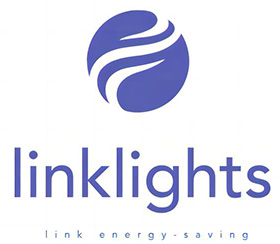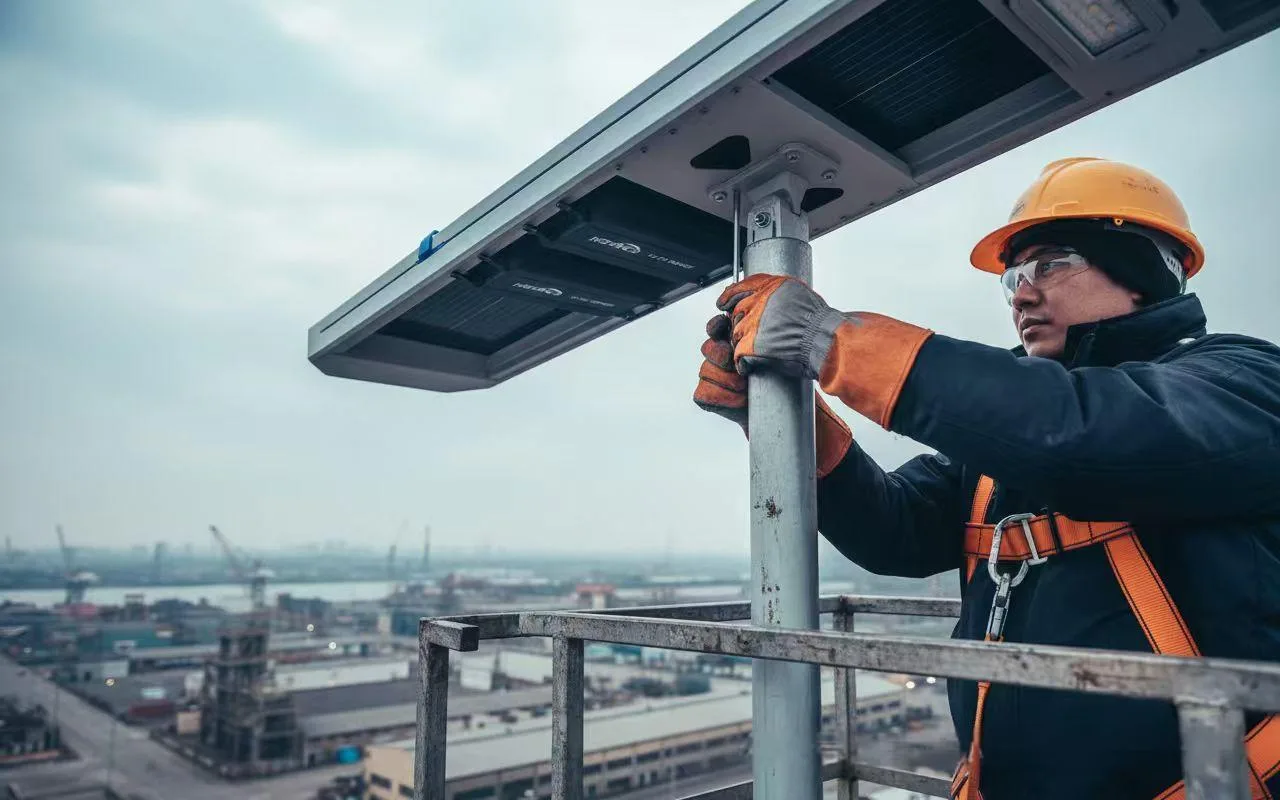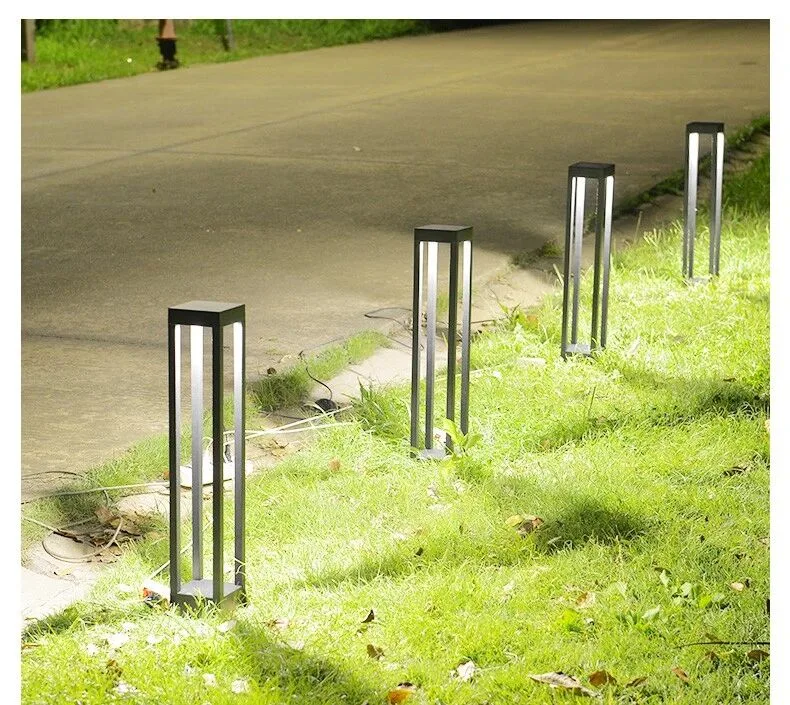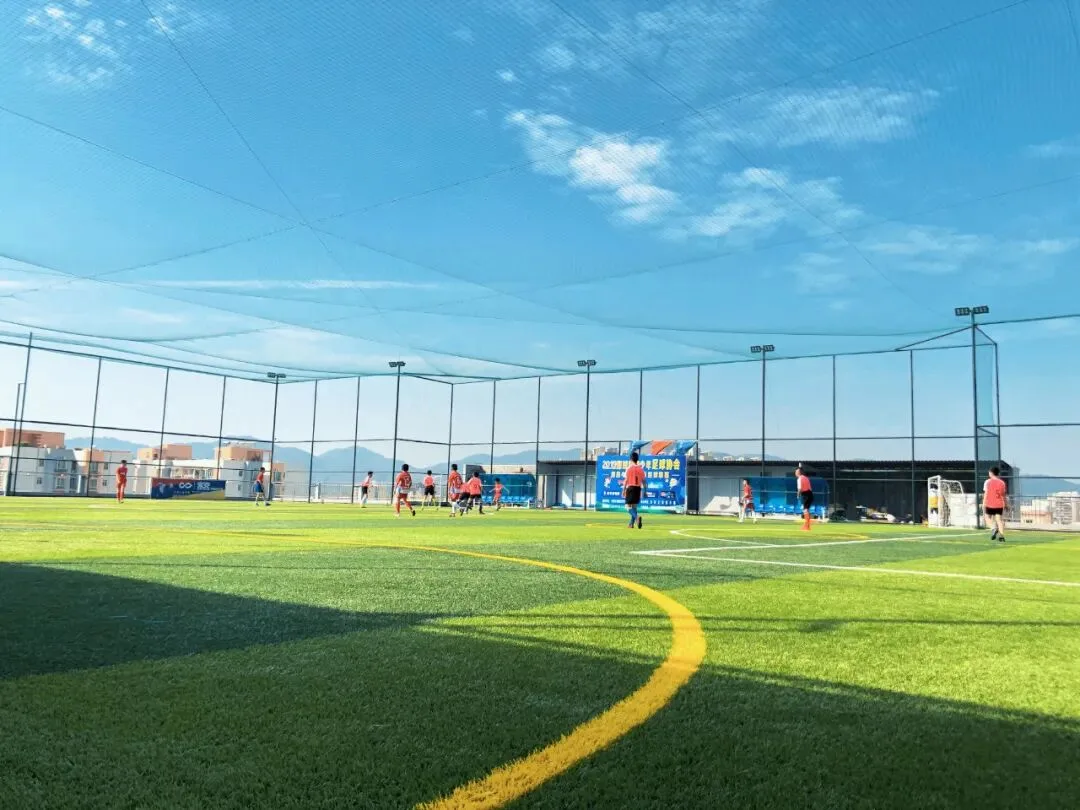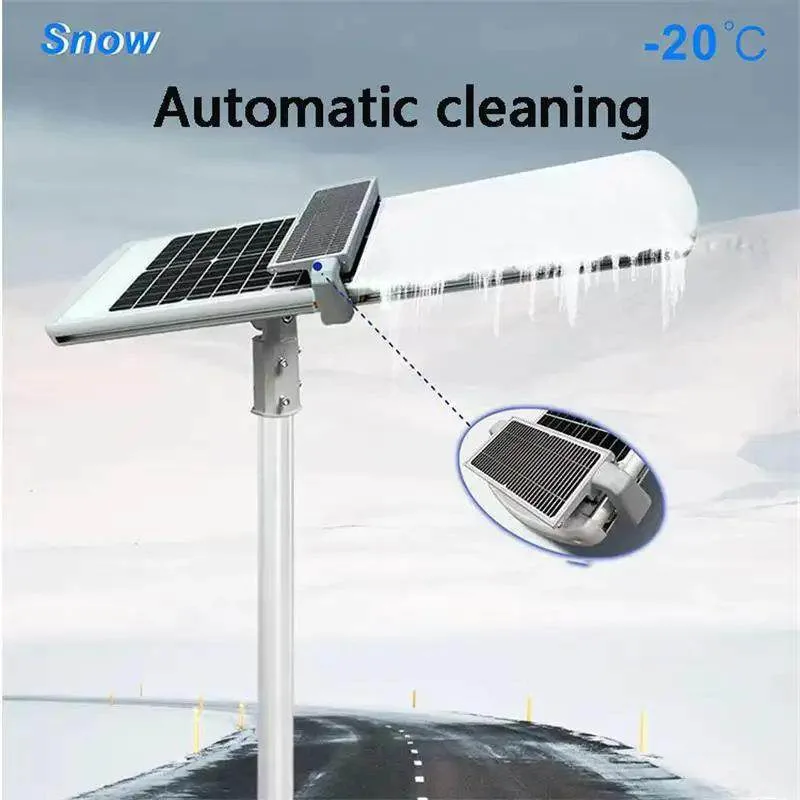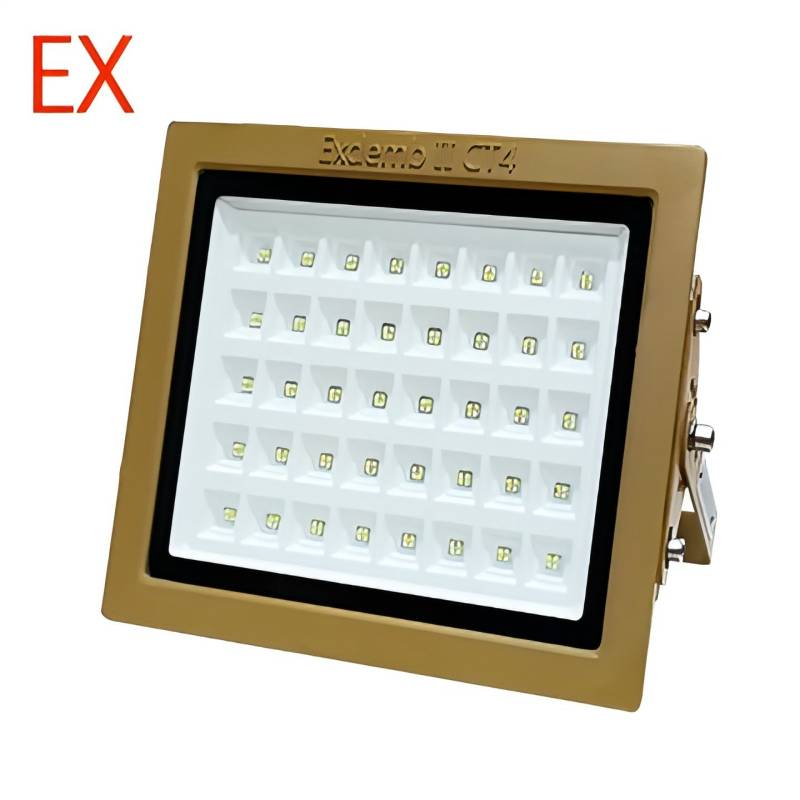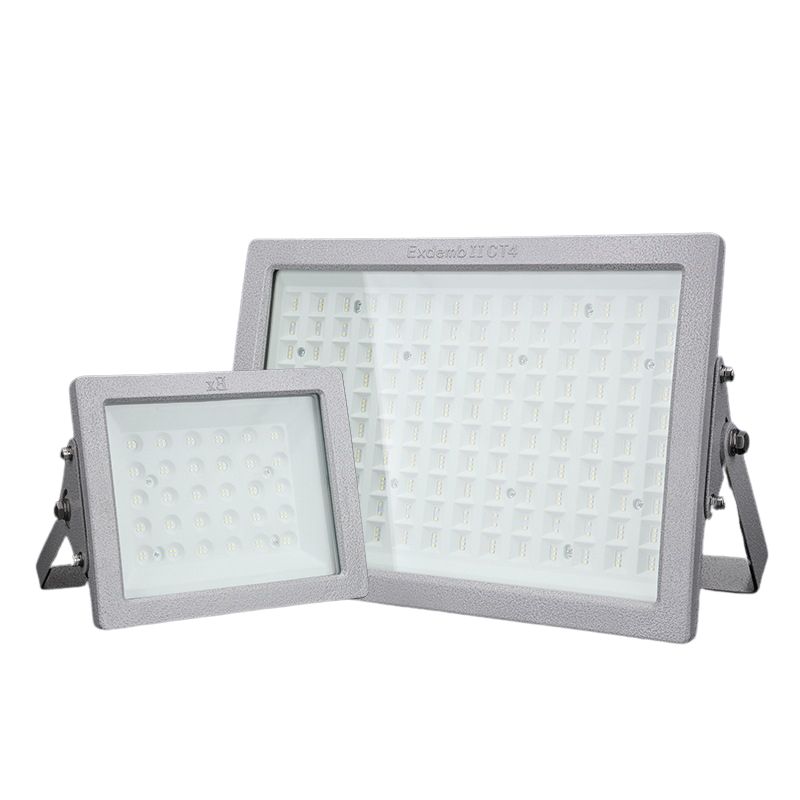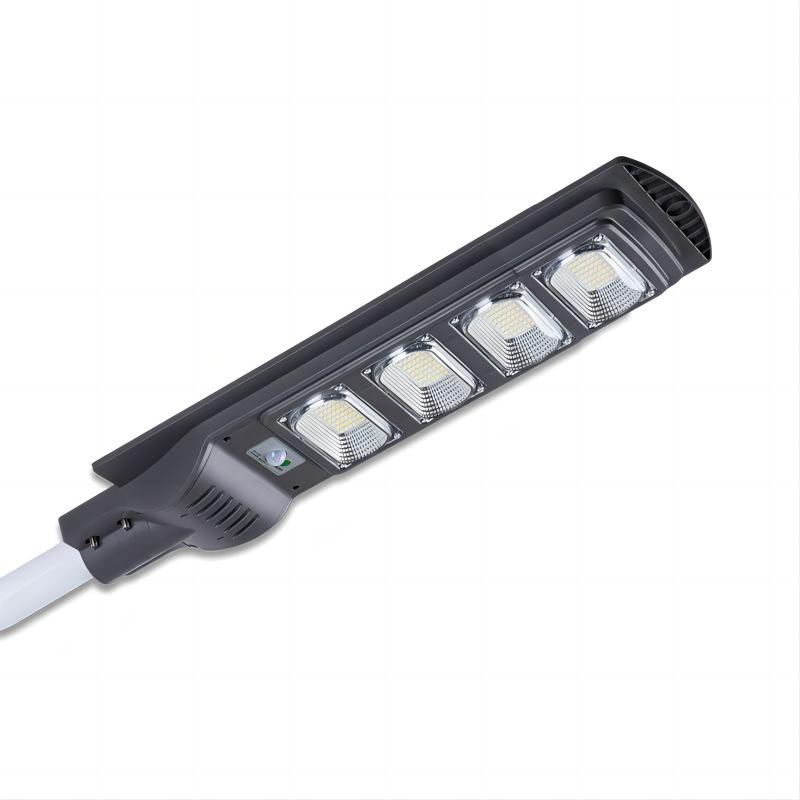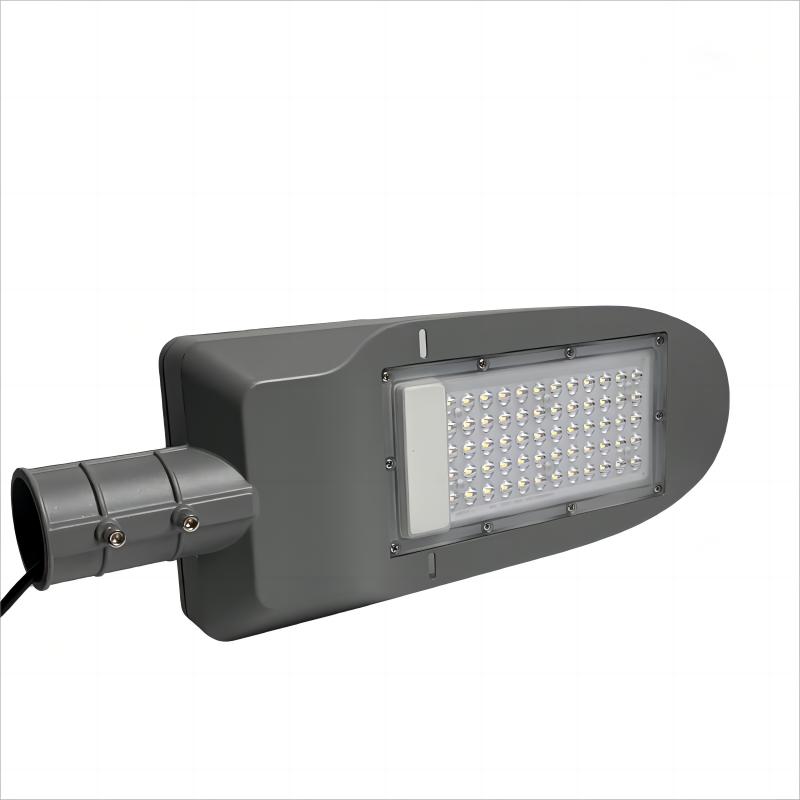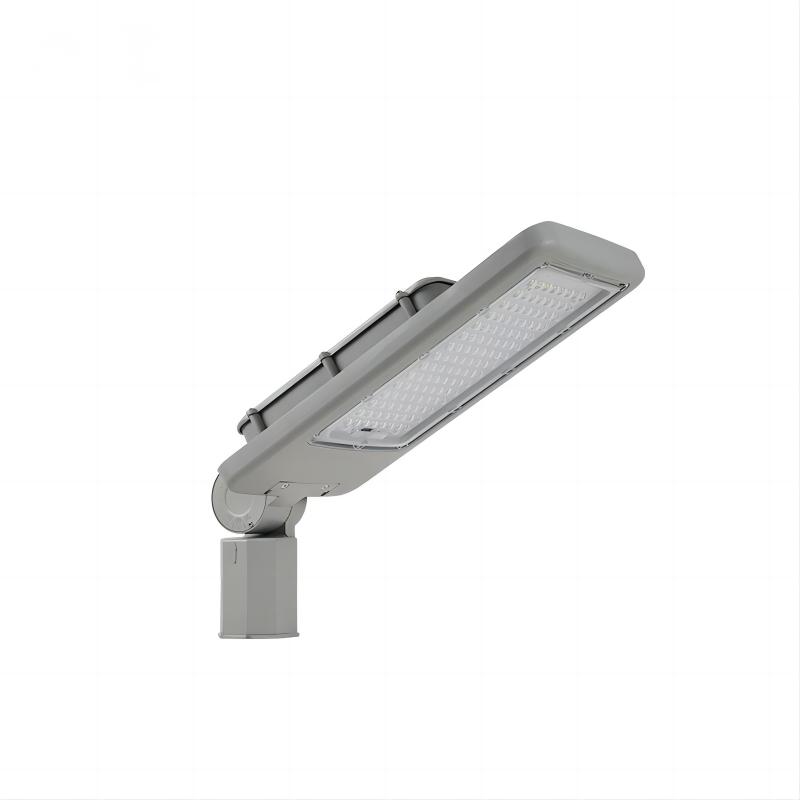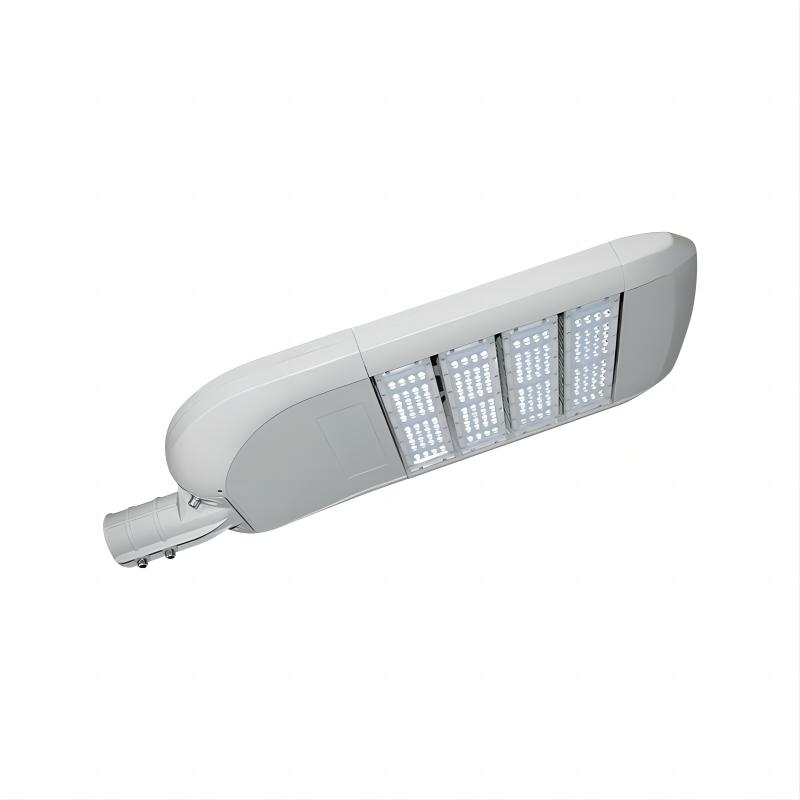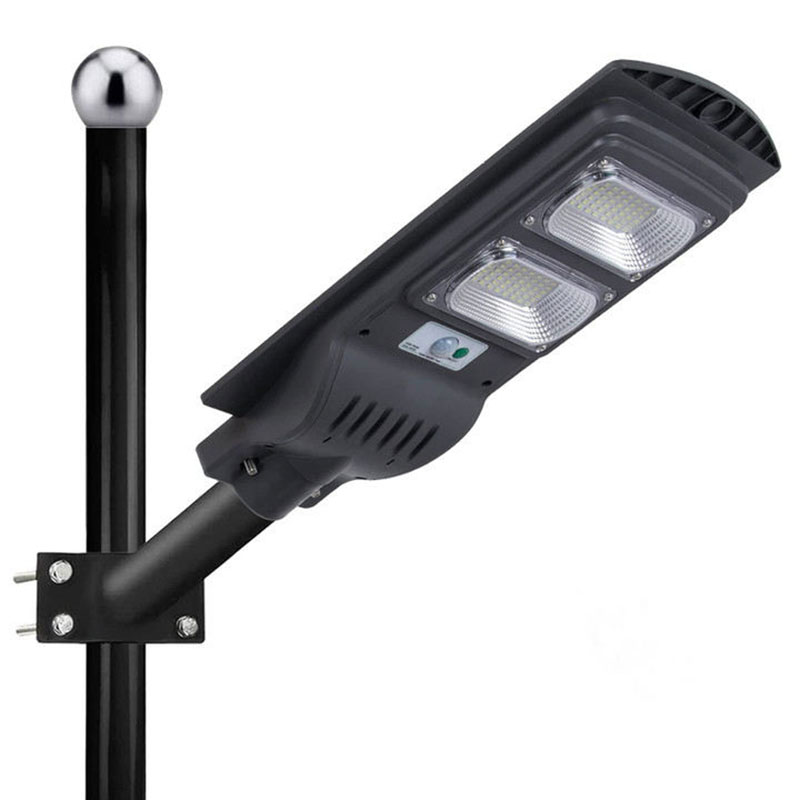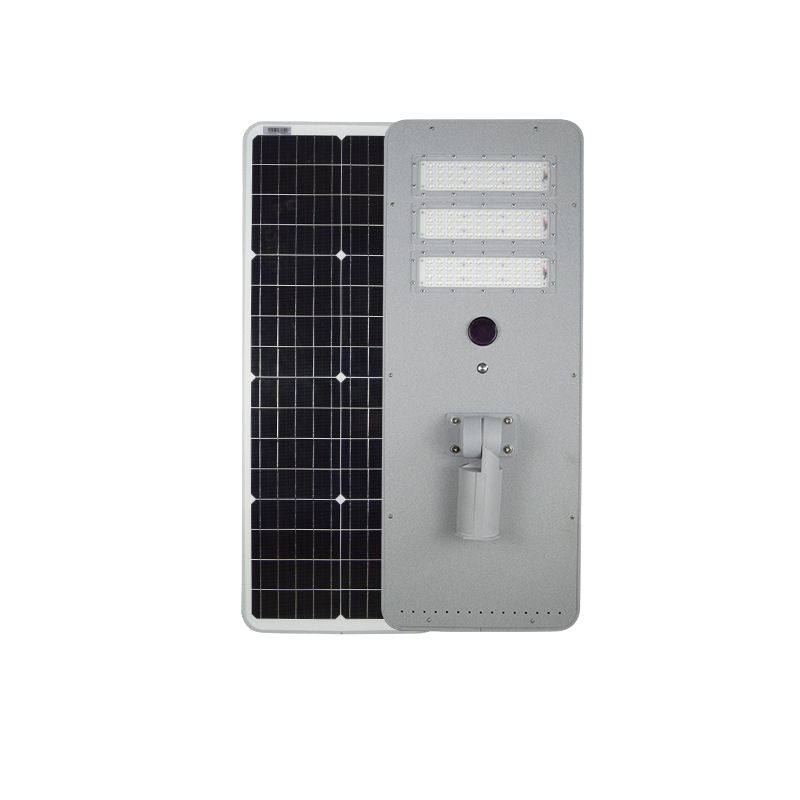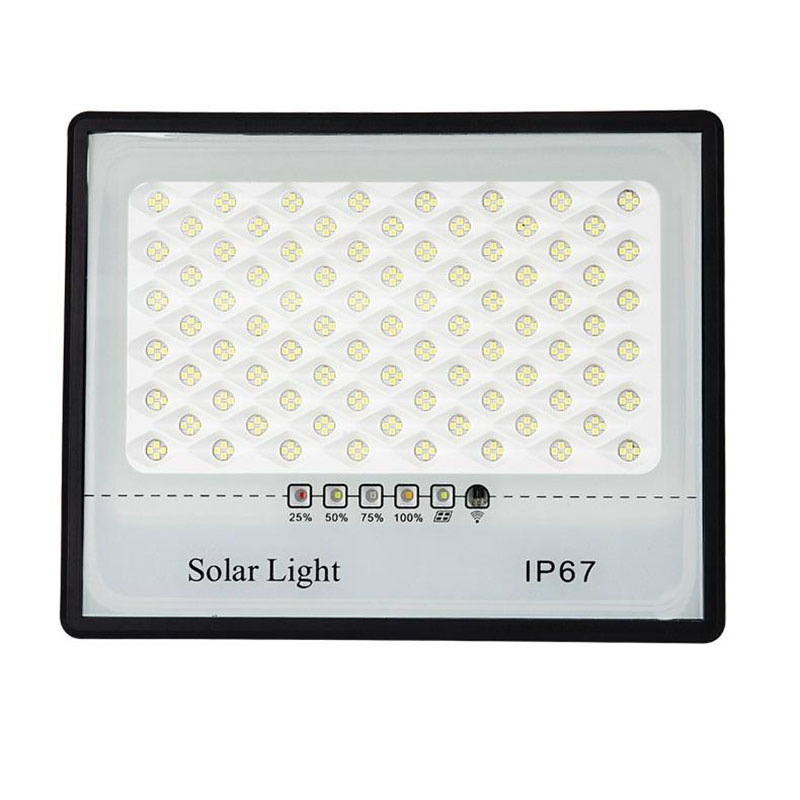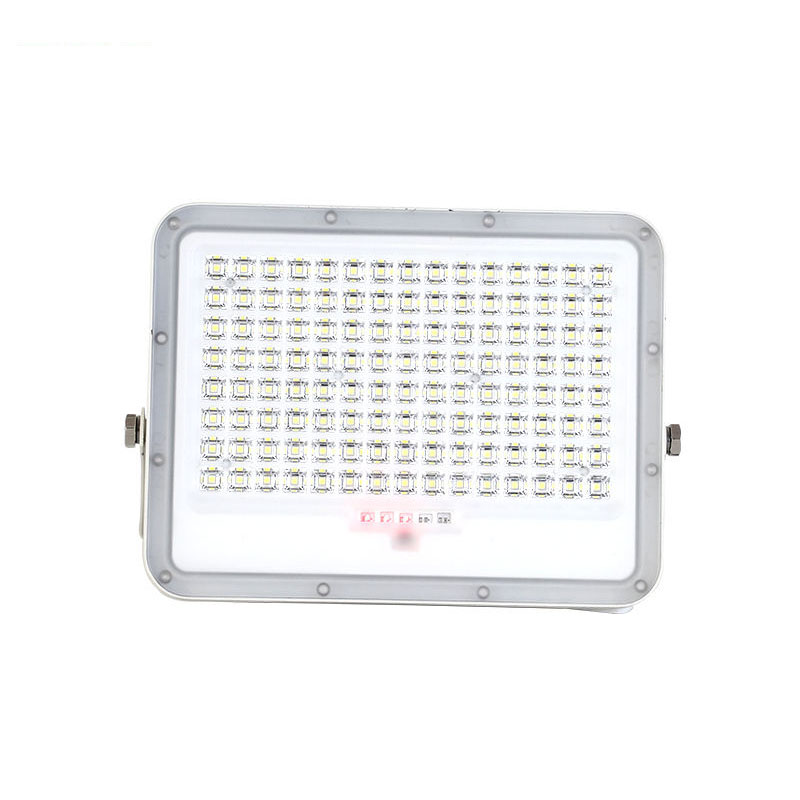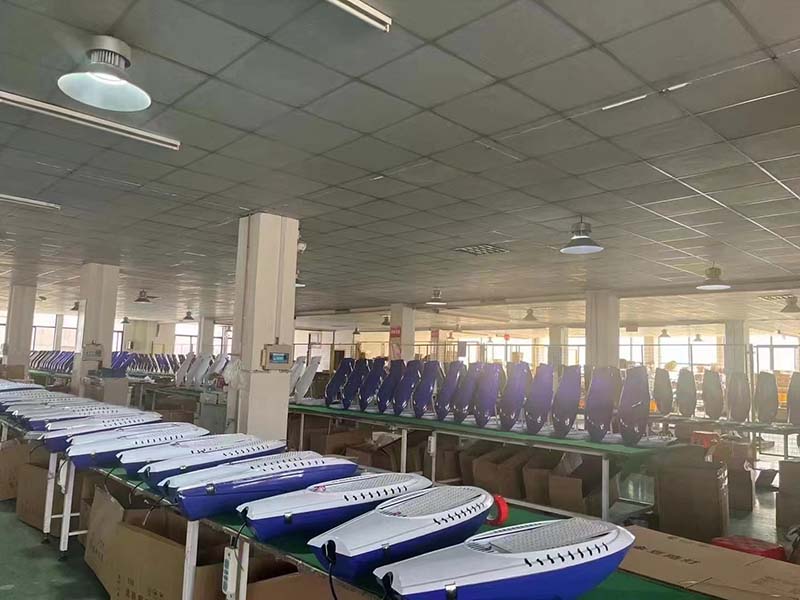Introduction: Why LPD Matters in LED Street Lighting
For led street light manufacturers, knowing about light power density (LPD) is very important. It helps them design street light that meet global energy rules, cut street light cost, and work well.
Today’s led street lighting luminaires ,whether for highways, city roads, factories, or smart cities must give good light while using less power. Many governments and project teams now use lpd values to check if designs follow standards like ASHRAE, EN 13201, IES RP-8, and local energy rules.
Based on LinkLights’ experience, mastering LPD allows you to:
Provide led street lights fixtures that follow global energy rules.
Get an edge when competing for city and business lighting projects.
Build customer trust by saving money over time and using eco friendly lighting.
What is lighting power density (LPD)?
Lighting Power Density (LPD) refers to the total wattage of a led lighting system per unit area, usually expressed as W/m2 or watts per square foot. For street lighting, this metric helps determine how efficiently a road or outdoor area is illuminated compared to the total energy consumed.
For example, if a 1 km road section (covering 5,000 m2 of roadway surface) uses outside street lamps consuming 5,000 W in total, the l.p.d. is: W/m2
Formula for power density:

Importance of LPD in Street Lighting Projects
Compliance with International Standards
As global energy use keeps rising, many countries have set strict LPD (Lighting Power Density) limits to save power. The International Energy Agency (IEA) says building lights use about 19% of the world’s energy, showing why it is key to make lighting more efficient. The ASHRAE 90.1-2022 rule cut indoor LPD by about 4% and made outdoor limits (ELPA) much stricter for roads and parking lot lighting. In China, the building lighting Design Standard also makes LPD a must, and designs that fail to meet these limits may not pass approval. For LED street light makers who want to sell to global markets, meeting these rules is very important.
Energy Savings and ROI
The LPD of traditional high pressure sodium light or metal halide lighting fixtures is approximately 1.2?W/m2. LED while led technology can reduce it to below 0.5?W/m2, This lowers energy use by 50–70%, and some projects save up to 85%. This LPD control meets global energy rules like ASHRAE?90.1 and EN?13201. It also helps cities get back their costs in 1–3 years and gives strong returns with lower long-term running costs.
Environmental Impact
By designing the street lighting system well, choosing high light bulb efficiency, and arranging them in the best way, LPD can be cut a lot, reducing lighting energy use by over 30%. This not only helps save energy and lower carbon emissions but also supports green goals like smart cities and certifications such as LEED for Cities.
Recommended LPD Values for Outdoor and Street Lighting
Lighting Power Density (LPD) values are set for different outdoor uses. The data comes from ASHRAE 90.1-2022 (Table 9.4.2: Exterior Lighting Power Allowance) and IES RP-8. These values are changed to W/m2 to make them easier to use in modern led lighting projects.
Outdoor Application Recommended LPD (W/m2) Reference Standards
| Outdoor Application | Recommended LPD (W/m²) | Reference Standards |
| Roadways (Highways) | 0.6 – 1.0 | ASHRAE 90.1-2022 ELPA (Table 9.4.2) + IES RP-8 |
| Urban Streets | 0.8 – 1.5 | ASHRAE 90.1-2022 + IES RP-8 |
| Parking Lots | 0.4 – 0.8 | ASHRAE 90.1-2022 (Parking) |
| Pedestrian Areas | 0.2 – 0.5 | ASHRAE 90.1-2022 (Walkways) |
| Sports Fields (High Mast Lighting) | 2.0 – 4.0 | Project-based (IES Sports Lighting) |
Conversion Basis
1.ASHRAE 90.1-2022 ELPA Calculation:
ASHRAE provides exterior lighting power allowances (ELPA) for different outdoor area lighting and functions, expressed as base site allowances plus area allowances,measured in heat watts per square foot (W/ft2). These were converted to W/m2 (1 W/ft2 = 10.764 W/m2).
Example: If the ELPA for a parking lot is 0.08 W/ft2, the converted LPD is 0.86 W/m2.
2.IES RP-8 Guidelines:
IES RP-8 gives suggested light levels (lux) for roads, parking lots, and walkways. Using these light levels and the usual efficacy lighting (120–150 lm/W), we can work out the watts area code range.
3. Practical Adjustment:
Adjustments are made to ensure compliance with local energy codes and to reflect real-world LED performance, resulting in the ranges shown in the table above.
Key Factors Influencing LPD in LED Street Lighting
Lighting efficacy (LED Efficacy)
Using led luminaires with luminous efficacy of 150lm to watts or more can save up to 60% energy compared to traditional metal halide light fixtures. Luminous efficacy shows how well a light turns electric power into visible light. For example, if a supermarket swaps 100 watt metal halide lamp for 150 lm in watt LED lights, it can keep the same brightness but cut lighting energy use by 60%. This means big yearly savings on electricity bills. It also shows that LED lights are not only more energy efficient but can lower running costs a lot.
Optics and Beam Distribution
Pick bat-wing or narrow beam lights based on ceiling height to minimize led street light glare and wasted light. Different ceiling heights and uses need different lighting plans. The right light pattern improves lighting and saves energy. In factories with high ceilings, narrow beams send light straight to the work area, reducing loss. In shops, bat-wing lights spread light evenly and lower glare that can bother customers.
Light pole height and Spacing
In common street lighting design, pole height and spacing usually follow a 1:3 to 1:4 ratio. For example, a 10-meter pole is spaced 30–40 meters apart. Standards like IES RP-8 and EN 13201 give rules for height of a street light pole, spacing, and light spread for different roads. Using lighting design software such as DIALux helps plan the right number and layout of lights while meeting brightness needs and saving energy.
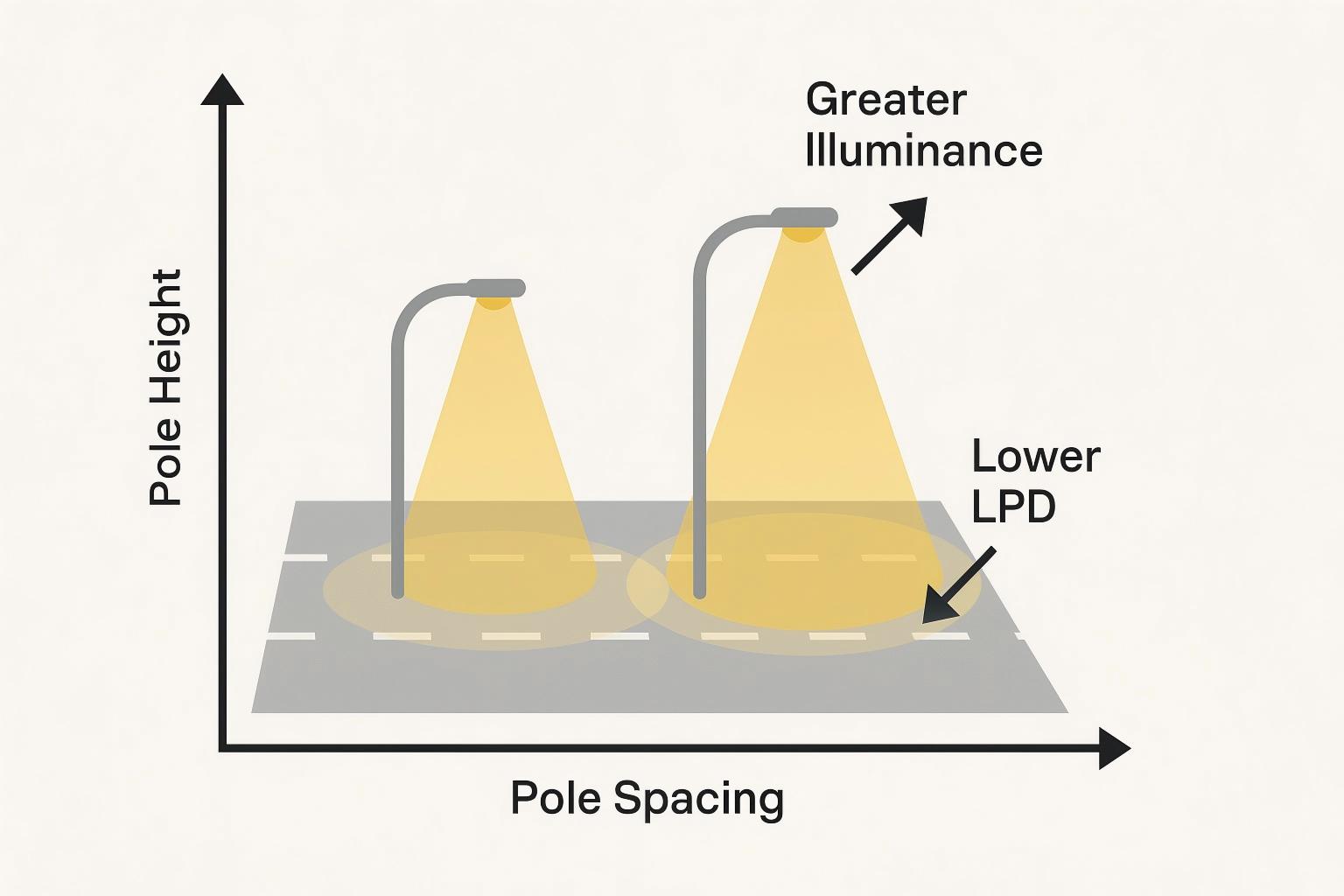
Control Systems
Add a 0 10v dimming module to control lights by scene. Smart driver technology lets lights dim as needed, giving flexible control. In meeting rooms, a 0 to 10 dimming module lets you change brightness and color temperature for each stage of the meeting. At the start, lights can be bright for talks and slides; during talks, brightness can be lower for a relaxed feel; and in breaks, lights can be dimmed for comfort. This scene control saves energy and makes the room more pleasant.
LPD Compliance for Export Markets
North America (USA & Canada)
IES RP-8 and ASHRAE 90.1 set rules for outdoor lighting levels and power use. City projects often ask for LED street lights with DLC Premium certification.
Europe
Compliance with EN 13201 road lighting standards is key.
CE marking and ENEC certification ensure adherence to EU directives.
Asia & Middle East
Many countries adopt hybrid standards (ASHRAE + local codes).
Projects in the Middle East often require high-lumen output due to wide multi-lane roads.
Commercial Benefits for Manufacturers and Exporters
Win more led street lighting bids: Governments prefer suppliers who show low LPD designs.
Stronger value: Custom lighting plans that save energy build client trust.
Stand out: Promoting your LED street lights as “LPD-optimized” shows skill and quality.
Case Example: LPD Optimization for Building Project
Case 1: Green Energy and LPD Optimization Design:
Putting solar panels on factory roofs can make the led lighting systems run on its own energy. As the world needs more clean power, public solar lighting is becoming very popular. In factories, rooftop solar panels use empty roof space and cut light power density (LPD) use. For example, a car factory put high-efficiency solar panels on a 100,000 m2 roof. A smart light system turns this solar energy into power for the lights. This system gives 5 million kWh of green energy each year and lowers LPD use by 80%. It saves a lot of money, cuts carbon emissions, and helps both the economy and the environment.

Case 2: High-Ceiling Industrial Space:
For every 5 meters of extra ceiling height, the LPD limit can go up by 10%. In tall industrial spaces like warehouses or aircraft plants, light fades over long distances, so more power is needed to meet brightness needs. A DALI smart control system can divide the space into zones to save energy. Busy areas can stay bright, while storage or low-use areas can be dimmer, avoiding wasted power.
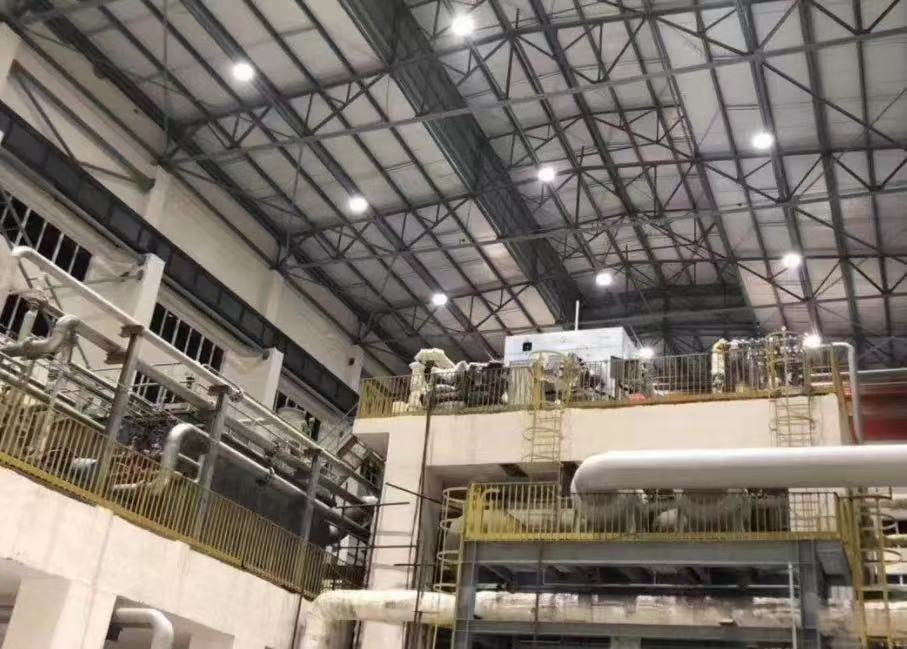
Future Trends in LPD for LED Street Lighting
IoT-Based LPD Monitoring
Deploy IoT light sensor to collect real-time LPD data. By integrating IoT light sensor into the lighting system, it is possible to continuously monitor LPD lighting and other relevant metrics in real time. These data are then transmitted to a central monitoring platform for analysis and processing.
Human-Centric Lighting and Dynamic LPD Adjustment
Adjust LPD to match body rhythms, like using 12 W/m2 with cool light in the morning and 8 W/m2 with warm light in the evening. Human-centric lighting focuses on people’s body and mind needs, showing how light affects our daily clock. Studies show that changes in brightness and color temperature can guide the body’s clock. Future lighting design can mix human-centric ideas with LPD control to change power and light color during the day. This creates a healthier and more comfortable space.
Conclusion
Lighting Power Density (LPD) is a critical benchmark for achieving energy-efficient, cost-effective, and sustainable LED street lighting. By understanding the principles of LPD and aligning designs with international standards such as ASHRAE 90.1 and EN 13201, manufacturers can create solutions that balance performance with energy savings. Integrating advanced technologies like smart control systems, IoT-based monitoring, and human-centric lighting strategies further enhances efficiency and adaptability. Case studies, such as photovoltaic lighting integration and high-ceiling industrial applications, demonstrate the practical impact of LPD optimization in real-world projects. As future trends emphasize data-driven monitoring and dynamic LPD adjustments, LED street light manufacturers who prioritize LPD optimization will gain a competitive edge, delivering long-term value, environmental benefits, and compliance with evolving global energy regulations.
Frequently Asked Questions (FAQ)
Q1: What is the ideal LPD for LED street lighting projects?
The ideal LPD depends on the project’s application, road category, and local standards. For urban streets, a range of 0.8–1.5 W/m2 is common, while highways may require 0.6–1.0 W/m2. These values ensure adequate visibility without over-lighting.
Q2: How does smart lighting control reduce LPD?
Smart controls, including dimming schedules, motion sensors, and daylight harvesting, automatically adjust light output. This reduces the average power consumption over time, lowering the effective LPD while maintaining required illumination levels.
Q3: Does a lower LPD mean reduced brightness?
Not necessarily. A lower LPD typically results from higher lumen-per-watt LED fixtures and optimized layouts, which deliver the same or better lighting quality using less energy.
Q4: Which international markets have the strictest LPD requirements?
Regions like Europe (EN 13201) and North America (ASHRAE 90.1) often have stringent LPD guidelines. Exporters targeting these markets must design LED street lights that balance efficacy, safety, and energy savings.
Q5: How can LED manufacturers prove LPD compliance?
Manufacturers can provide photometric reports, LM-79/LM-80 test results, and energy modeling documents that calculate LPD values based on the proposed layout and total wattage.
Q6: What is the role of road surface reflectance in LPD?
A high-reflectivity road surface can reduce the required illuminance, thus allowing for lower LPD without compromising driver visibility or pedestrian safety.
